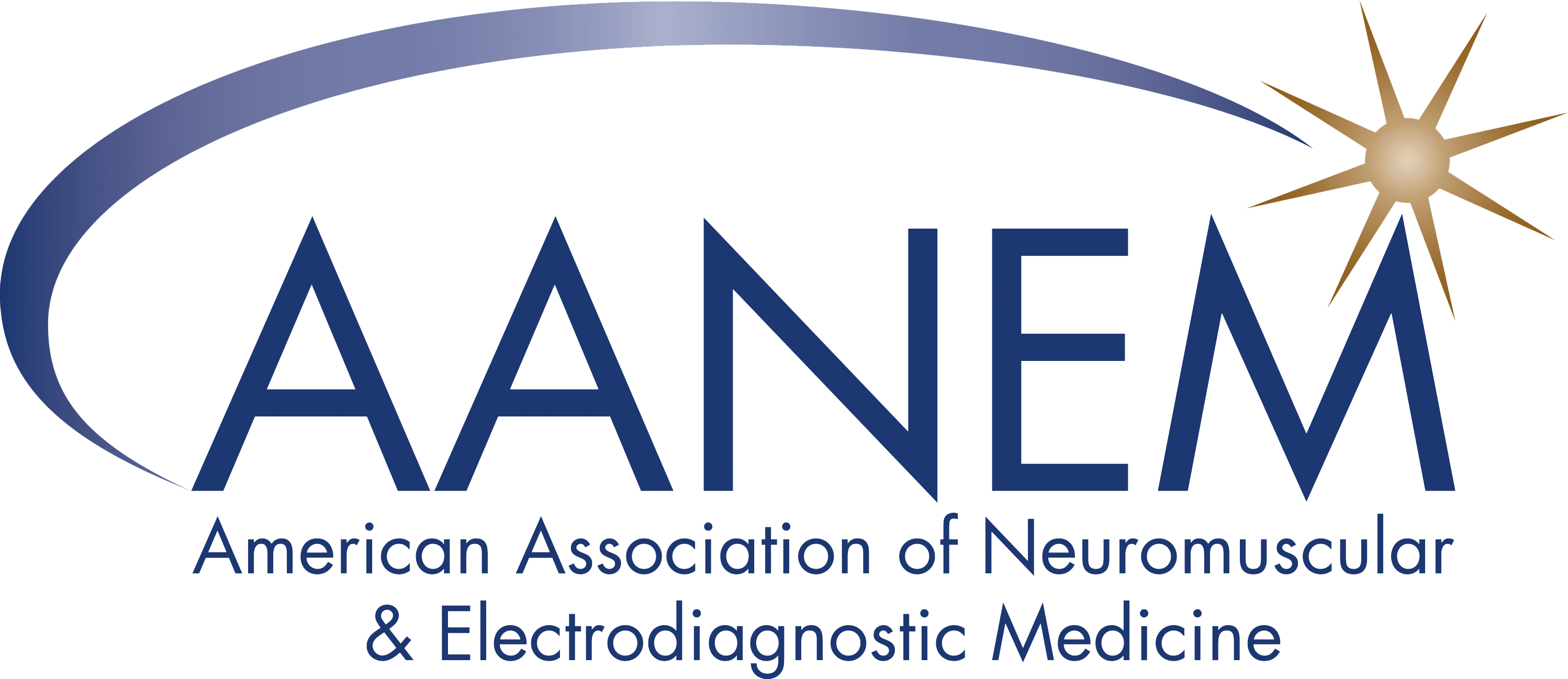Science News: Long-Term Efficacy and Safety of Apitegromab in Nonambulatory SMA Patients
Published March 20, 2025
Science News
Submitted by: Nakul Katyal, MD
Edited by: Rebecca O'Bryan, MD
Citation: Crawford TO, Day JW, De Vivo DC, Krueger JM, Mercuri E, Nascimento A, Pasternak A, Mazzone ES, Duong T, Song G, Marantz JL, Baver S, Yu D, Liu L and Darras BT (2024). Long-term efficacy, safety, and patient-reported outcomes of apitegromab in patients with spinal muscular atrophy: results from the 36-month TOPAZ study. Front. Neurol. 15:1419791. doi: 10.3389/fneur.2024.1419791.
Summary:
Previously reported results from the 12-month phase 2 Trial of Parkinson's and Zoledronic Acid (TOPAZ) study demonstrated the efficacy and safety of apitegromab in patients with Type 2 or 3 Spinal Muscular Atrophy (SMA), showing a favorable safety profile and improved motor function outcomes measured by the Hammersmith Functional Motor Scale–Expanded (HFMSE) and the Revised Upper Limb Module (RULM).
This study presents longer-term efficacy and safety data from 36 months of treatment with apitegromab in nonambulatory patients with SMA enrolled in the TOPAZ open-label extension study. Out of the 58 patients enrolled in TOPAZ, 35 were nonambulatory. The mean age at baseline for the nonambulatory group was 7.3 years (range: 2–19 years).
At 36 months, the mean change in HFMSE score from baseline was +4.0 (SD: 7.54), and +2.4 (SD: 3.24) for the RULM score. Most patients (28 out of 32) either improved or maintained the Word Health Organization (WHO) motor milestones they had achieved at baseline. Caregiver-reported outcomes, including Pediatric Evaluation of Disability Inventory Computer Adaptive Test (PEDI-CAT) and Patient-Reported Outcomes Measurement Information System (PROMIS) Fatigue, also showed improvements from baseline over the 36 months.
All drug-related treatment-emergent adverse events (TEAEs) were mild to moderate in severity, with no serious study drug-related TEAEs reported. The most frequently reported TEAEs were pyrexia (48.6%), nasopharyngitis (45.7%), COVID-19 infection (40.0%), vomiting (40.0%), and upper respiratory tract infection (31.4%).
Overall, the benefits of apitegromab treatment observed at 12 months were sustained at 36 months with no new safety concerns.
Comments: Therapies for SMA that enhance survival motor neuron protein expression have significantly improved functional outcomes. However, they do not address the muscle atrophy and weakness due to partial denervation that occurs before treatment. There remains a significant need for therapies that can increase the strength of the remaining innervated muscle fibers.
This analysis of the long-term efficacy in the extension phase of the TOPAZ study showed sustained and continued improvement in meaningful motor function gains at 36 months. The data underscore the therapeutic potential of apitegromab to address persistent weakness and fatigue in individuals with nonambulatory SMA. A key limitation of the study was the lack of a placebo or nusinersen monotherapy comparator.
- Crawford TO, Darras BT, Day JW, Dunaway Young S, Duong T, Nelson LL, Barrett D, Song G, Bilic S, Cote S, Sadanowicz M, Iarrobino R, Xu TJ, O'Neil J, Rossello J, Place A, Kertesz N, Nomikos G, Chyung Y. Safety and Efficacy of Apitegromab in Patients With Spinal Muscular Atrophy Types 2 and 3: The Phase 2 TOPAZ Study. Neurology. 2024 Mar 12;102(5):e209151.
